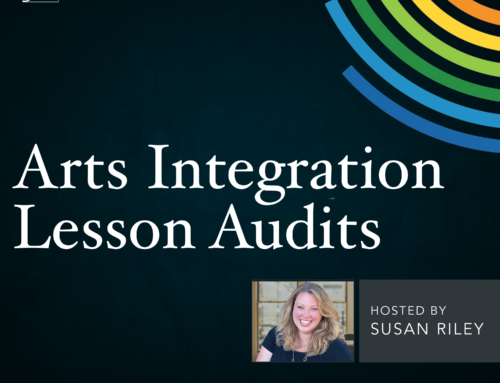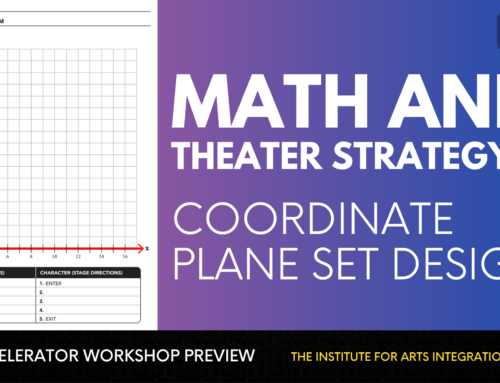The Arts Intersection
4 Min Read • Arts Integration
Editor’s Note: So that our team can enjoy this time with their families, we will be sharing our “Best Of” series for 2014 with you as we close out December. We’ll be featuring some of our most popular posts by each of your favorite EdCloset contributors. Happy Holidays!
In this, my first post, I thought it would be beneficial to provide some background information on who I am as an educator. Additionally, how and why I’ve begun this exciting journey with Education Closet, and what I hope to share with you. I am an elementary general music teacher, teaching for the past ten years in K-5 public schools. I didn’t always know I wanted to be a music teacher, but I’ve spent my whole life making music. From elementary chorus to dance classes I’m taking as a 30-something. From beginning piano lessons to the ukulele I just bought and will (hopefully) learn to play this summer. The arts have always had a place in my life.
The arts give me my voice and make me feel like “me.” So when it came time to choose a college major and a career path, I thought about who had influenced me most, and the answer was, unequivocally, my music teachers, which is why I am here. As most arts educators will tell you, it’s not just about teaching the arts intersection themselves: it’s about teaching the life skills and lessons, the resilience, the creativity, the collaboration, and the aesthetic appreciation that the arts unlock.
This is a very interesting time to be in education.
We all know that initiatives are perpetually in flux to meet the needs of an ever-evolving educational landscape, but right now, we are at a crossroads. The barrage of buzzwords (Common Core, 21st century learning, and PBL, to name a few) is coming at us like a treadmill moving a little too fast, and I have often been left to wonder where the arts fit in. As an arts educator, an unspoken part of the job is to be perpetually advocating for the arts and for their role as core content in schools.
For many years and for many reasons, we have operated as stand-alone content areas, and for some, the result has been isolation from the school and the curriculum at large: “out of sight, out of mind.” The arts have been considered “non-core,” “non-essential,” “special,” or “extra-curricular.” However, I am optimistic that a combination of factors, including the demand for depth and rigor from Common Core and NGSS standards, the focus on the 4 C’s (creativity, communication, collaboration, and critical thinking), and the inclusion of the design process in STEM content areas have the potential to elevate the arts intersection to a place of value and prominence within our schools.
Common Core and STEAM
My school has seen many changes as a means to adapt to the demands of Common Core standards and 21st century learning. We have implemented a teacher specialization model, allowing classroom teachers to specialize in either literacy/social studies or STEAM as a means to give those teachers an opportunity to better focus on the depth of those content areas. And although teachers can specialize in STEAM, with the New Generation Science Standards and the increased rigor in the Common Core Math Standards coming down the pike, the focus has, to this point, been on STEM as we have started this journey.
I had many discussions with colleagues about where the “A” fits into STEAM, and I started asking questions. Where do the arts intersect? How can we use the power of the arts to unlock the depth and rigor of Common Core and NGSS content standards? How do we integrate the arts while maintaining the integrity of a foundational arts education? That’s when I found Education Closet.
“Arts Intersection”
I am thrilled and humbled to be part of the Education Closet team. The journey that I will take is one of an average music teacher trying to build up STEAM (pardon the pun): the musings, the successes, the failures, the collaboration, and the logistics. As I considered topics for my first articles, the word that kept coming up in my notes was “arts intersection.” Where do the arts intersect with Common Core?
With problem-based learning? With STEM? My first month of articles will focus on these arts intersection, as I believe that, for many of us, making the case for the arts is vital step in building an arts integration initiative. I look forward to connecting with you, sharing ideas, and working together to bring the arts to a place of prominence in our public schools!






